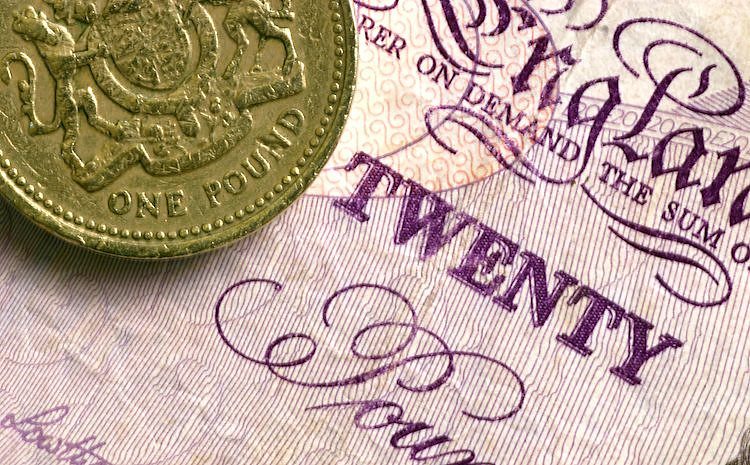The Pound Sterling (GBP) saw a significant rebound against the US Dollar following the release of stronger-than-expected UK Retail Sales data for September. The Retail Sales figures showed a growth of 0.3% on a month-on-month basis, exceeding economists’ expectations of a 0.3% decline. Year-on-year, the consumer spending measure rose by 3.9%, surpassing estimates of 3.2%. This positive data is expected to impact speculation regarding potential interest rate cuts by the Bank of England (BoE) in the coming months.
The report indicated that the increase in overall sales was primarily driven by higher receipts at non-food stores and department stores. The upbeat Retail Sales data may lead to a reevaluation of market expectations for interest rate cuts by the BoE, which had been on the rise following a decline in inflation below the central bank’s 2% target. Inflation in the services sector, a key indicator for BoE officials, fell to 4.9%, its lowest level since May 2022. This decrease in price pressures is expected to alleviate concerns about inflation and provide support for the Pound Sterling.
The Pound Sterling exhibited strength against its major peers, particularly the US Dollar, with the GBP/USD pair hovering near 1.3050 after approaching the key psychological level of 1.3000. The US Dollar Index (DXY) retreated from a 10-week high, as traders anticipate a gradual rather than aggressive approach to interest rate cuts by the Federal Reserve (Fed). Upbeat US Retail Sales data and lower weekly Jobless Claims have bolstered confidence in the resilience of the US economy.
Technical analysis shows that the Pound Sterling rebounded towards the 20-day EMA after finding strong buying interest near 1.3000. The 14-day RSI indicates a return to the value-buying range, suggesting potential upside for the GBP/USD pair. Support levels for Pound Sterling bulls are identified near the 100-day EMA at 1.2990, while resistance is expected near the 20-day EMA around 1.3120.
The Retail Sales data, monitored on a monthly basis, reflects the volume of goods sold by retailers in Great Britain directly to end customers. Changes in Retail Sales are closely watched as an indicator of consumer spending trends. A higher-than-expected reading is considered bullish for the Pound Sterling, while a lower-than-expected reading is viewed as bearish. The positive Retail Sales figures for September have contributed to the Pound Sterling’s recent strength against the US Dollar.











